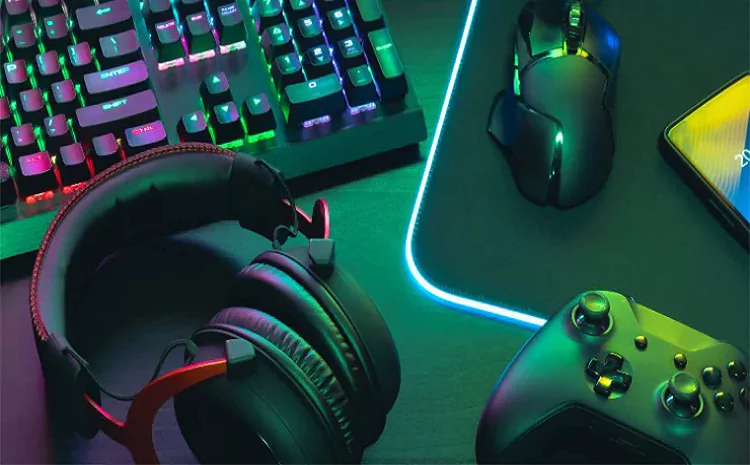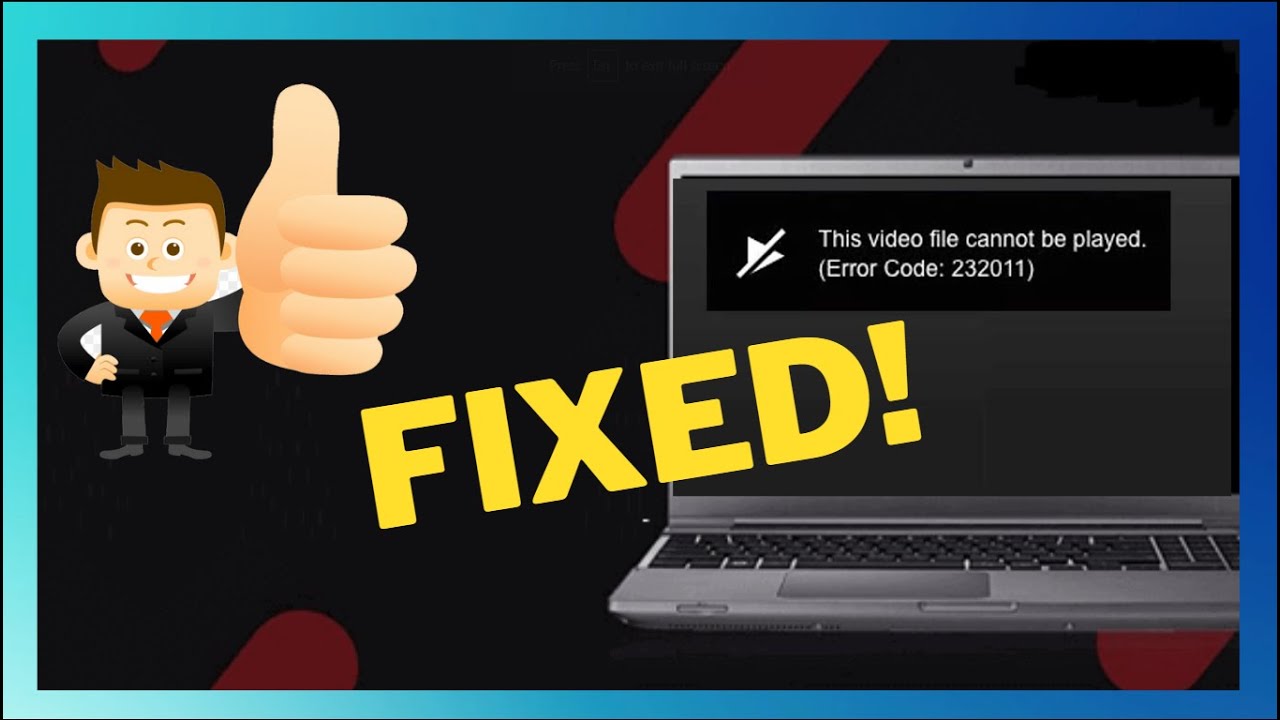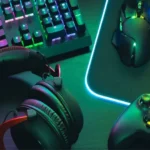The Shooting
On Sunday, April 23, around 7pm, police received a call that shots had been fired in the 4800 block of Dickinson. When they arrived on the scene, police found a 17-year-old boy with gunshot wounds. That teen is in stable condition and has since been released from the hospital. Police located two other victims, a 17-year-old girl and a 28-year-old man. Both have non-life threatening injuries.
A 14-year-old was also shot in this shooting. His injuries are not life threatening.
Detectives believe the victims were targeted. They do not know if they were hit by the same weapon or if it was a stray bullet. Police have not released suspect descriptions.
“This is an example of what can happen when guns are out there.
What Happened?
The Travis County Sheriff’s Office say it happened just after 8 p.m. in southwest Austin, about one mile away from the front of the University of Texas at Austin campus.
The dead man’s name has not been released. Police said he was shot in the stomach and killed. He was white.
They believe he was the shooter but they don’t know if he’s a student at UT-Austin. They said it doesn’t appear to be a random crime, however.
Authorities said they are looking for a black male wearing a white t-shirt and hat with a camouflage bandanna over his face. Police are searching for him now.
The Texas Tribune reports that “bias-motivated attacks” targeting members of the African-American community have gone up 32 percent from last year.
Why Did The Shooting Happen?
The gunman walked up to the store on South by Southwest at 2:25am and fired 10 shots from a rifle. By the time he was done there were 13 people wounded and one person dead, a 32-year-old man, police said.
Texas Gov. Greg Abbott called the shootings “a criminal. This is not a terrorist attack. This is a hate crime,” Abbott told ABC News in a news conference.
Police were “still unsure” about the gunman’s motive, but Abbott said he did not believe terrorism was involved.
“It was more of a hate crime than it was a terrorist attack,” he said.
The Governor of Texas, Greg Abbott, announced a $15,000 reward for information leading to the arrest of the gunman.
The Governor of Texas, Greg Abbott, announced a $15,000 reward for information leading to the arrest of the gunman.
Social Media Allows for the Spread of False Information
Wednesday, March 21 was a day of terrifying events in Texas, as a 26-year-old white male drove a van filled with explosives, killing two people before being shot by Austin Police. Authorities took two men into custody in connection with the bombing attacks and charged them with federal terrorism offenses. Two of the men were inspired by the Islamic State (IS), according to the FBI. The lone suspect’s background was filled with trouble, including drug abuse and mental health problems, and his actions were somewhat unpredictable. However, the man himself did not state any ties to a terrorist group, nor was there any motive mentioned in the search warrant affidavit. Authorities are still investigating the case.
The Role of Social Media in Disaster Relief
Making A Change: Changing An Industry With Disruptive Social Media
by Jake Dal Porto
Talking with Dr. John Solberg
Social media has changed the world around us in unimaginable ways. One example is social media’s role in tracking events like natural disasters, as has been the case with the recent storms in Texas and Florida.
With social media comes the power to gather information, which is crucial to a disaster response.
Many people use social media platforms to help create and contribute to a crisis management response. We have all heard of hashtags, but how do they play into a disaster response?
Social media’s prominence in disaster response has led to some studies on what effect it has on disaster response.
Twitter Emotions
Upon learning the news that something was happening in my home town of Austin, Texas, I immediately set out to Twitter. For a brief moment, I didn’t care about my phone’s battery life and I could use my phone without fear.
Following the shooting, I stumbled across a somewhat familiar name: of course it was Spencer English, co-star of MTV’s Awkward.
My initial reaction was shock at the footage of Spencer being escorted into a police car. There was nothing out of the ordinary, but for the news. The majority of what he tweeted was still in response to previous tweets and a snippet of what happened last night. This was a conversation we have had.
Spencer and I didn’t have the same introduction on the show.
Conclusion
Heather Heyer
Commentary: Finally.
The mainstream media still has a lot of work to do as it seeks to balance its reporting of both sides of the political spectrum.
A great example of the flawed mainstream media narrative surrounding this event was the show of “solidarity” shown by Democrat leaders after the event. They flew into town to express their “outrage” and “solidarity” with the white supremacists who staged this rally in their area.









Leave a Reply